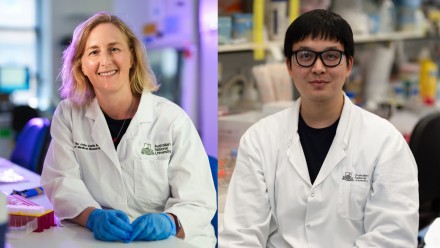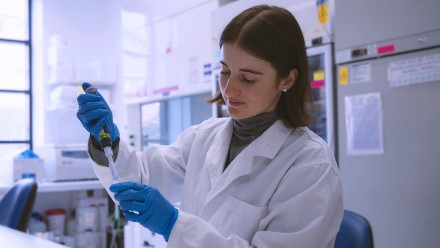Unravelling the Mysteries of Diabetes
The World Health Organization estimated that the number of people with diabetes globally was 442 million in 2014. In Australia, it is the most common cause of renal failure, of blindness in working age adults, and of non-traumatic lower limb amputations. Those affected have an increased risk of dying from heart disease or stroke. New strategies are desperately needed to turn this health problem around. Key to prevention is understanding its cause.
For years, the majority of people with diabetes have been categorised as having type 1 or type 2 diabetes. However, this dichotomous approach is being questioned. On the one hand, the marked heterogeneity in disease characteristics between people with diabetes, suggests there are multiple causative pathways. On the other hand, overlap of type 1 and type 2 diabetes characteristics in some individuals, also suggests the possibility of a common causative pathway. While targeting uncommon causative pathways with novel treatments for select groups of people is very attractive, a safe and effective intervention directed at a common pathway for many at risk of diabetes, would be a major breakthrough.
We are studying a mouse that develops type 1 diabetes, but with a few minor biological manipulations, also develops type 2 diabetes. This is evidence for an underlying “common pathway for diabetes causation.” Our research shows that this is likely to lie within the insulin producing cells of the pancreas, or "the islet beta-cells of Langerhans.” Furthermore, the suspect pathway can be targeted by novel therapies.












